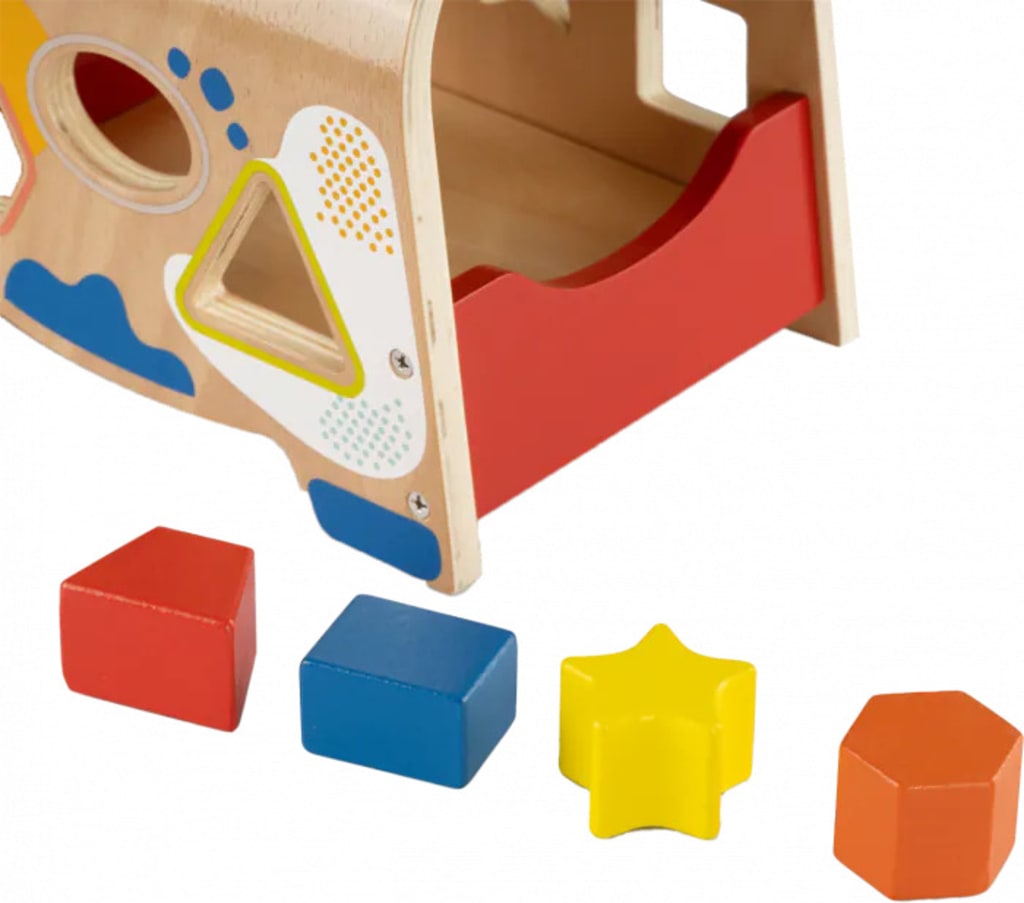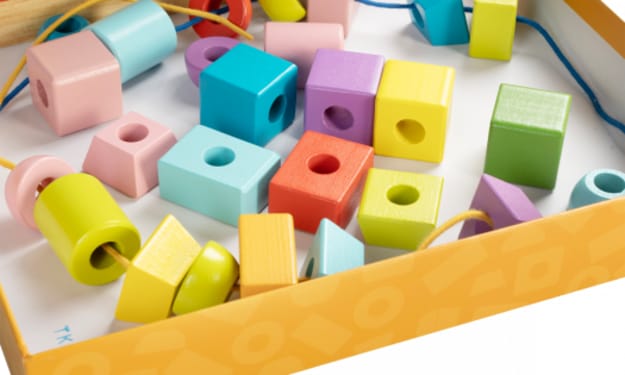10 Benefits of Shape Sorting Toys for 2-Year-Olds
10 Benefits of Shape Sorting Toys for 2-Year-Olds-barnshenn toys

10 Benefits of Shape Sorting Toys for 2-Year-Olds
Shape sorting toys are a staple in many households with young children. These seemingly simple toys, often made of colorful plastic or wood, provide a range of developmental benefits that extend far beyond keeping little hands busy. For 2-year-olds, a critical period for cognitive, motor, and emotional development, shape sorting toys can be particularly beneficial. Here, we delve into ten key benefits these toys offer.
1. Enhancing Fine Motor Skills
Fine motor skills involve the coordination of small muscles in the hands and fingers. Shape sorting toys require children to grasp, manipulate, and place shapes into corresponding slots, activities that strengthen these muscles and improve dexterity. This practice is foundational for later skills such as writing, buttoning clothes, and using utensils.
2. Promoting Hand-Eye Coordination
Successfully placing a shape into its corresponding hole requires precise hand-eye coordination. As children repeatedly try to fit shapes into their respective slots, they learn to synchronize what they see with the movements of their hands, a skill essential for many daily activities and sports.
3. Encouraging Problem-Solving Skills
Shape sorting toys are essentially puzzles. They challenge children to figure out how to match shapes with the correct openings. This process involves critical thinking, trial and error, and persistence, fostering a problem-solving mindset. Children learn to approach problems systematically and develop the patience to see tasks through to completion.
4. Teaching Shape and Color Recognition
Most shape sorting toys feature a variety of shapes and colors. Through play, children learn to identify and differentiate between circles, squares, triangles, and other shapes. Similarly, they become familiar with different colors, which enhances their vocabulary and cognitive skills related to categorization and sorting.
5. Building Spatial Awareness
Spatial awareness is the understanding of how objects relate to each other and oneself in space. Shape sorting activities help children grasp concepts of size, shape, and spatial relationships. They learn to judge distances and recognize how shapes fit together, which is crucial for activities ranging from navigating a physical space to assembling objects.
6. Boosting Cognitive Development
Engaging with shape sorting toys stimulates a child's brain, encouraging the development of memory, attention, and reasoning skills. The repetitive nature of the task helps solidify learning and builds a foundation for more complex cognitive tasks in the future.
7. Fostering Independence and Confidence
As children learn to manipulate shapes and successfully place them in the correct slots, they experience a sense of accomplishment. This success boosts their confidence and encourages independent play. They learn that they can solve problems and achieve goals on their own, which is essential for building self-esteem.
8. Encouraging Social Interaction and Communication
While shape sorting can be a solitary activity, it often involves social interaction, especially when parents or caregivers join in. This interaction provides opportunities for children to practice communication skills, learn new vocabulary, and engage in cooperative play. Describing shapes and actions, following instructions, and sharing experiences all enhance language and social skills.
9. Providing Sensory Stimulation
Shape sorting toys often come in a variety of textures, weights, and materials, offering rich sensory experiences. Handling different shapes and materials can help children develop their sense of touch and proprioception (awareness of body position and movement). This sensory input is crucial for overall sensory integration and development.
10. Supporting Emotional Development
The process of learning to use shape sorting toys can also support emotional development. Children may initially feel frustrated when they struggle to fit shapes into the correct slots, but through perseverance and eventual success, they learn to manage their emotions. This teaches resilience and coping strategies that are valuable throughout life.
Conclusion
Shape sorting toys are far more than simple playthings; they are powerful educational tools that support a wide range of developmental skills in 2-year-olds. From enhancing fine motor skills and hand-eye coordination to fostering cognitive development and emotional resilience, these toys offer myriad benefits that contribute to a child's overall growth. By incorporating shape sorting toys into playtime, parents and caregivers can provide young children with engaging, educational experiences that lay the groundwork for future learning and development.
#woodentoys #barnshenn #shapesorter
About the Creator
Enjoyed the story? Support the Creator.
Subscribe for free to receive all their stories in your feed. You could also pledge your support or give them a one-off tip, letting them know you appreciate their work.





Comments
There are no comments for this story
Be the first to respond and start the conversation.